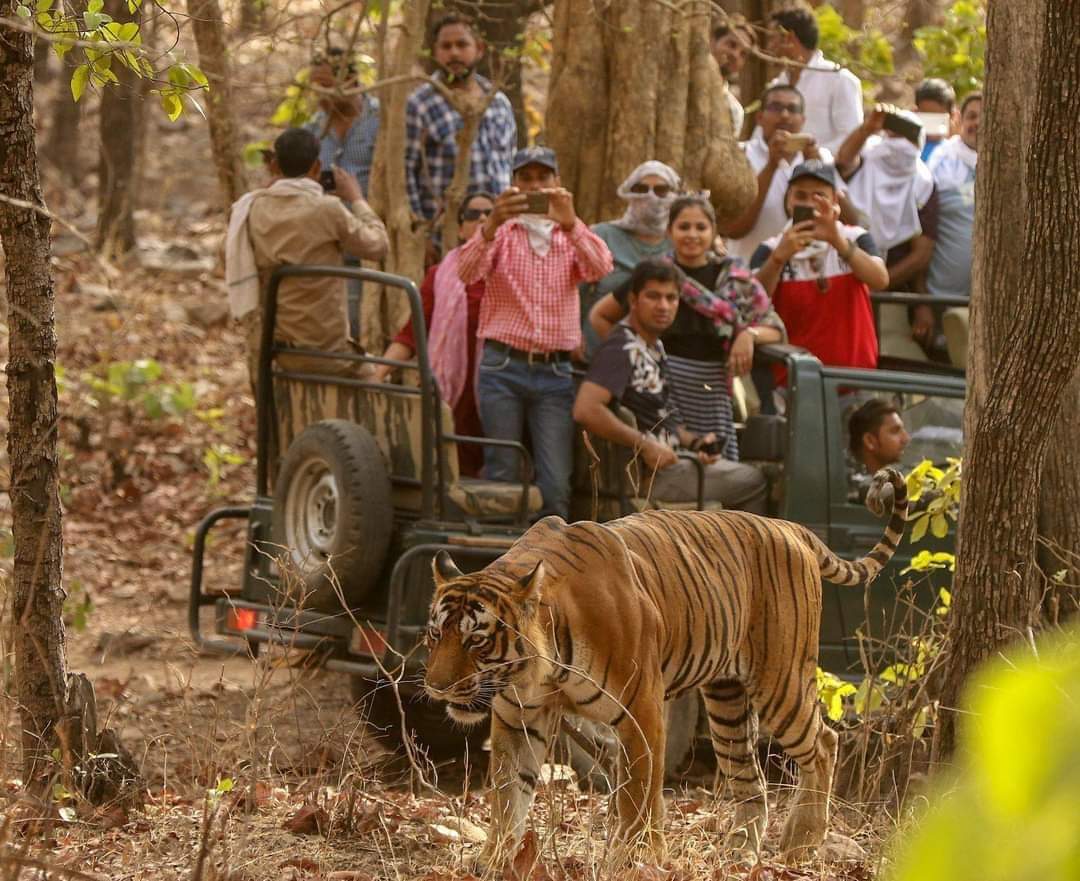
7 Top National Parks in India
National parks are protected areas in the country giving legal protection to the various floral and faunal species present there. India has 103 existing national parks covering an area of 40,500.13 square kilometres. That is equal to 1.23% of the total geographical area of the country. National parks provide a wide range of services apart from wildlife protection. They facilitate tourism, improve the local economy and educate the general citizenry about the importance of protecting the natural world. Besides, a trip to any of the top national parks of the country is on every traveller’s bucket list. Let us have a look at some of the best national parks of India.
Table of Contents
1. Jim Corbett National park, Uttrakhand
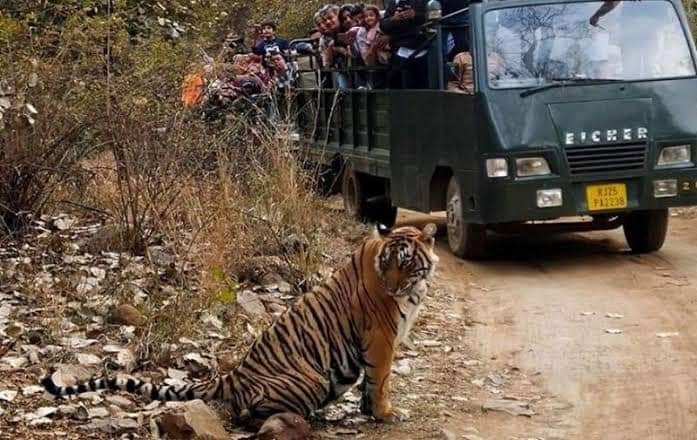
The national park owes its name to famous tiger hunter, Jim Corbett. The park was established in 1936, making it India’s first national park. The setting for Jim Corbett’s famous book – Man Eaters of Kumaon is in the Kumaon district in which the park lies. It covers an area of over 1300 square kilometres, and is home to the majestic Bengal tigers, the Asian elephants, sloth bears, langurs, beautiful and varied bird life, gharials, otters and many other species of animals. The best time to visit the park is November to March.
2. Dudhwa National Park, Uttar Pradesh
Famous for the story of Tara, the hand-reared tigress raised by Billy Arjan Singh, who was successfully introduced into the wild, this park is famous for its varied wildlife. A successful Rhino reintroduction program, saw the comeback of the Great One Horned Rhinoceros. Located in the Terai grasslands, the park boasts of a mix of varied vegetation types ranging from magnificent Sal and Teak forests to vast swathes of tall grasslands. The Bara Singa (Swamp Deer) can be seen in this park with their beautiful antlers. A visit to this place will also be an opportunity to see the multiple wildlife supported by this park. The best time to visit the park is November to May. Safaris are provided on the gypsy, the vehicle of choice.
3. Ranthambore National Park, Rajasthan
The best place to see wild tigers in Rajasthan. The tigers here are famous for being the most photographed and documented tigers in the world. The park is located near the town of Sawai Madhopur with the majestic Ranthambore fort right at its centre. Scattered around the park are ancient temples, hunting pavilions, lakes with crocodiles. The best time to visit the park is between November to March. A tour of the park is provided on the gypsy or the large cantor based on availability. This is one the most famous parks of the country and bookings are done way in advance, so bookings your tickets as soon as the tourist season starts is sound advice.
4. Sundarbans National Park, West Bengal
The name Sundarban means – beautiful forest and the park lives up to its name. It is a large mangrove forest found on the Ganges delta in West Bengal, India. It is adjacent to the Sundarban Reserve Forest in Bangladesh. It is a water logged forest and home to the Bengal tiger, Fishing cats, Leopard cats and other fauna are all found in abundance in this forest.
A visit to this forest is a must, if you enjoy a boat cruise on muddy rivulets meandering through dense mangrove forests. Although tiger sightings are not guaranteed in this dense forest, the park is a UNESCO world heritage site with a cruise in its waterways guaranteeing you the peace and calm from the hustle and bustle of cities.
The best time to visit is November to March and if you are lucky, who knows you may spot a tiger or two sunbathing along the banks of the numerous waterways in this park.
5. Kanha National Park, Madhya Pradesh
Located in Madhya Pradesh, the king of national parks in central India, Kanha is known for its vast forests and is a famous national park in the central Indian Region. It’s a vast expanse of grasslands and trees. This scintillating land is the inspiration to Rudyard Kipling’s fascinating creation – The Jungle Book. It is home to a wide range of creatures – Royal Bengal tigers, swamp deer, wild dogs, plants, birds, reptiles and insects.
A safari in this park allows you to roam its forests at your leisure to spot its majestic fauna. You can also visit the Kanha museum which sports information on all the flora and fauna found in the park. The best time to visit is November to May.
 6. Kaziranga National Park, Assam
6. Kaziranga National Park, Assam
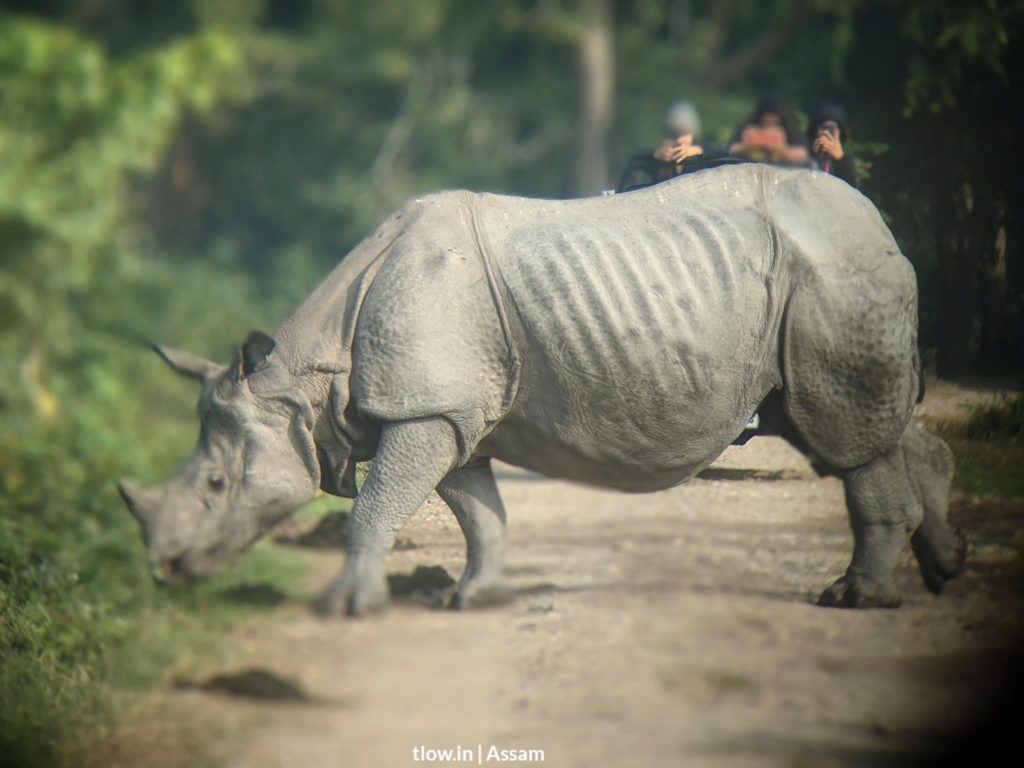
This park lies in the north-eastern state of Assam with the mighty Brahmaputra River flowing through it. Established in 1905 as a reserve forest, the park is home to the Greater one-horned Rhinoceros, Royal Bengal tigers, Asian elephants – three of the largest land-dwelling mammals! A safari here will take you through wide expanses of differing habitats that exist in this park boasting of savannahs with its enchanting sights, sounds and smells. Other exotic species found here include the majestic water buffaloes, swamp deer, leopards and several species of migratory and resident birds. The best time to visit the park is between November to April.
7. Greater Himalayan National Park, Himachal Pradesh
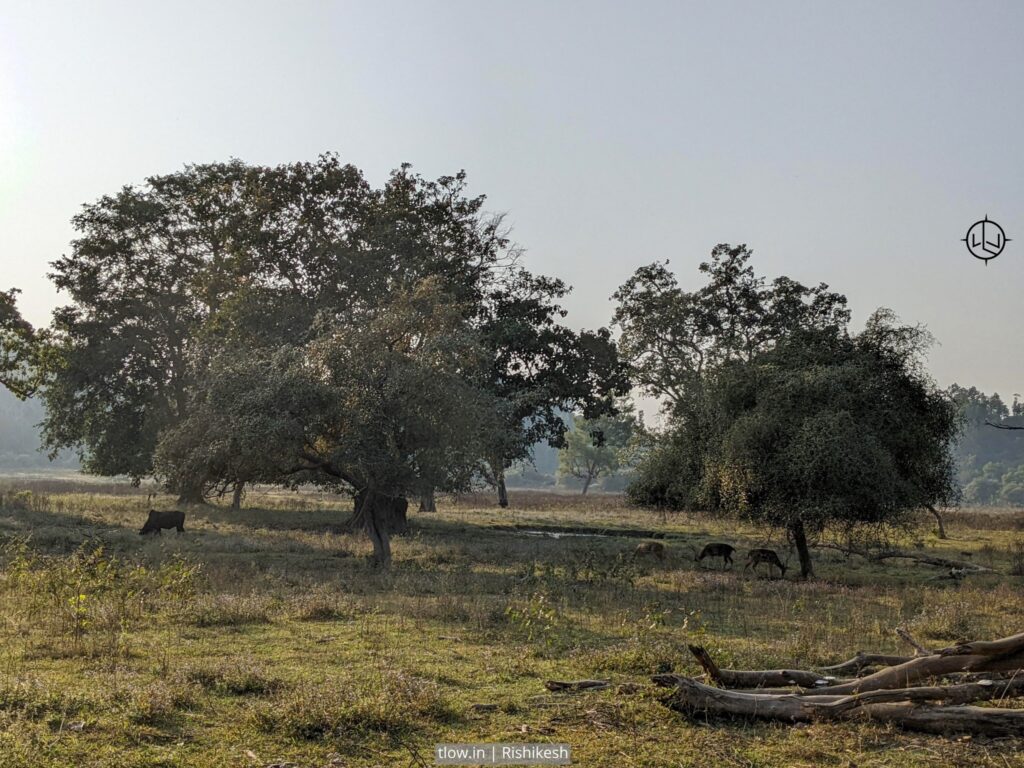
India’s youngest national park, The Greater Himalayan National Park was established in 1984 in the Kullu region in the state of Himachal Pradesh. Recognised as a UNESCO world heritage site the park is renowned for its outstanding biodiversity of the Himalayan Flora and Fauna. It comprises of gushing streams, pristine forests, snowy peaks and glaciers. The River Tirthan originates deep within the park which is home to the elusive snow leopard. Other rare animals that call this park their home include the Himalayan Black Bear and the musk deer.
The sight of the gravity-defying, cliff clinging mountain goat – Tahr and the beautiful pheasant bird – the blue-horned western tragopan are sightings that make a visit to this park truly memorable.
The best time to visit is from September to November and March to June. Entry to the park is via permits which can be obtained at the head office in Shamshi and the range office in Shairopa (Tirthan Valley) and Ropa (Sainj Valley).
–>For a similar experience, >>Click here

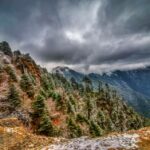
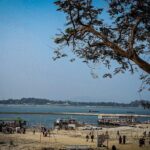






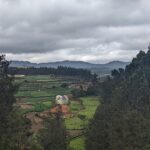

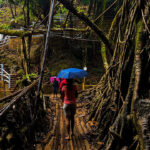
Nice blog!! Loves all the pictures , it’s so amazing. The information is excellent